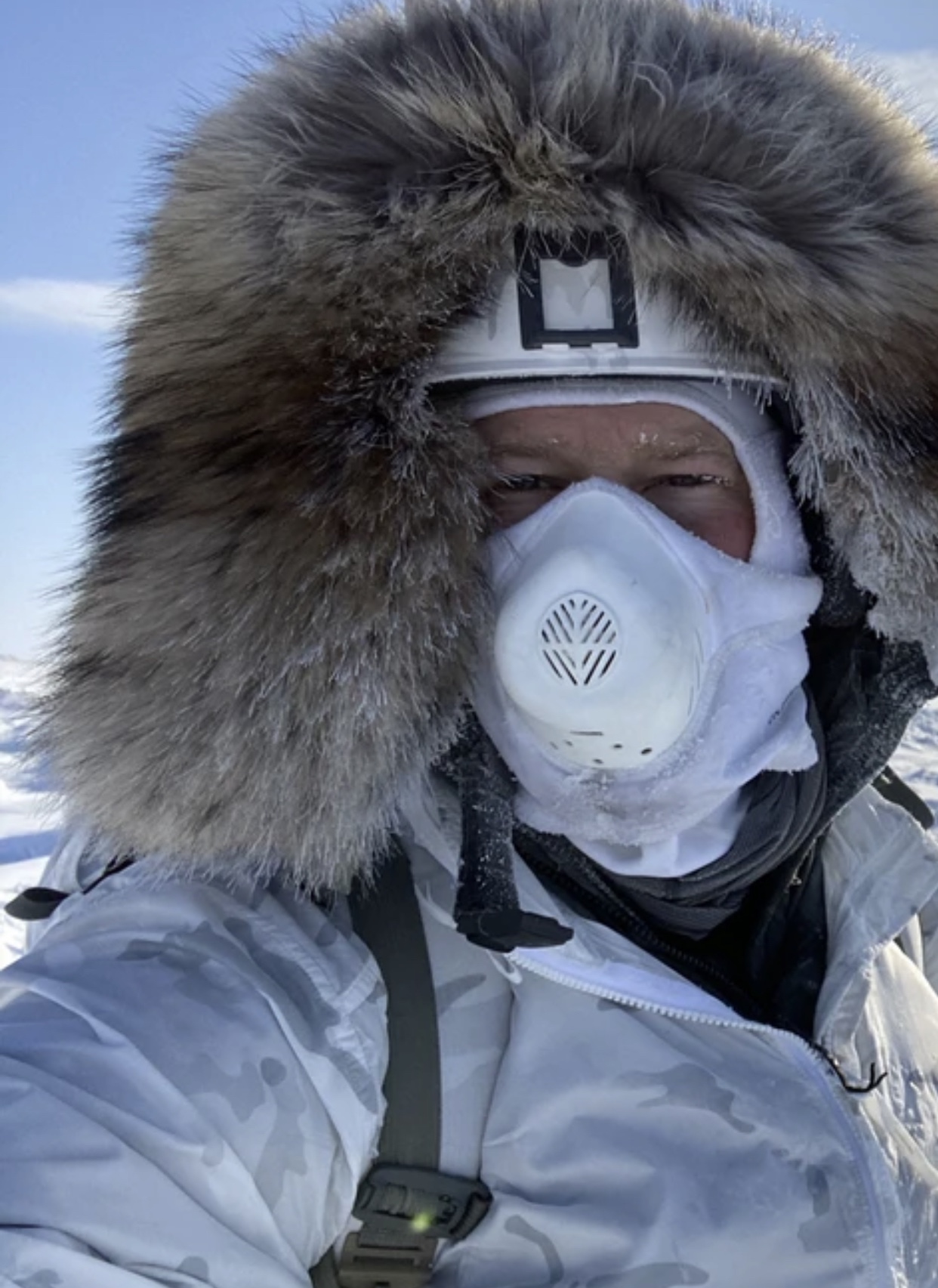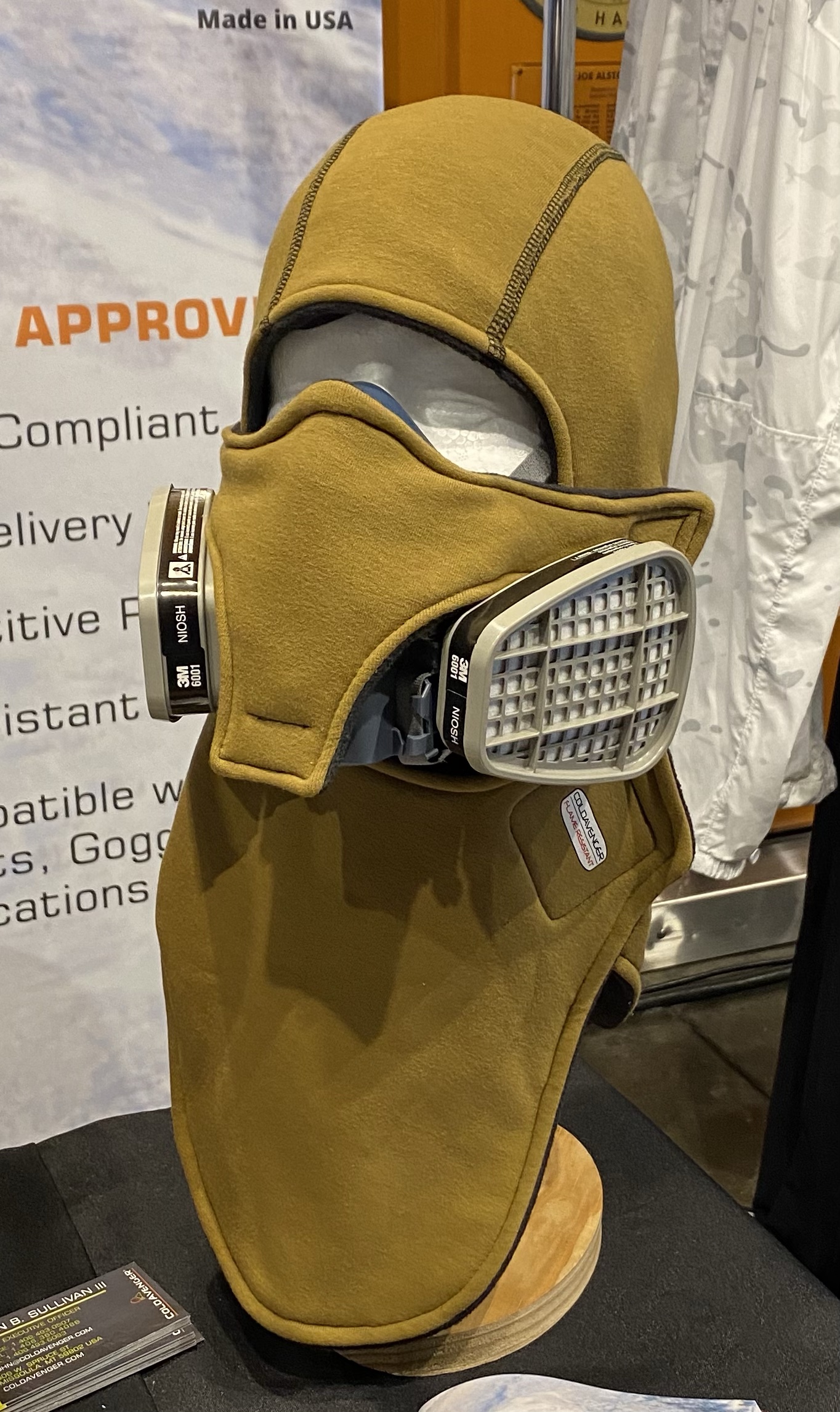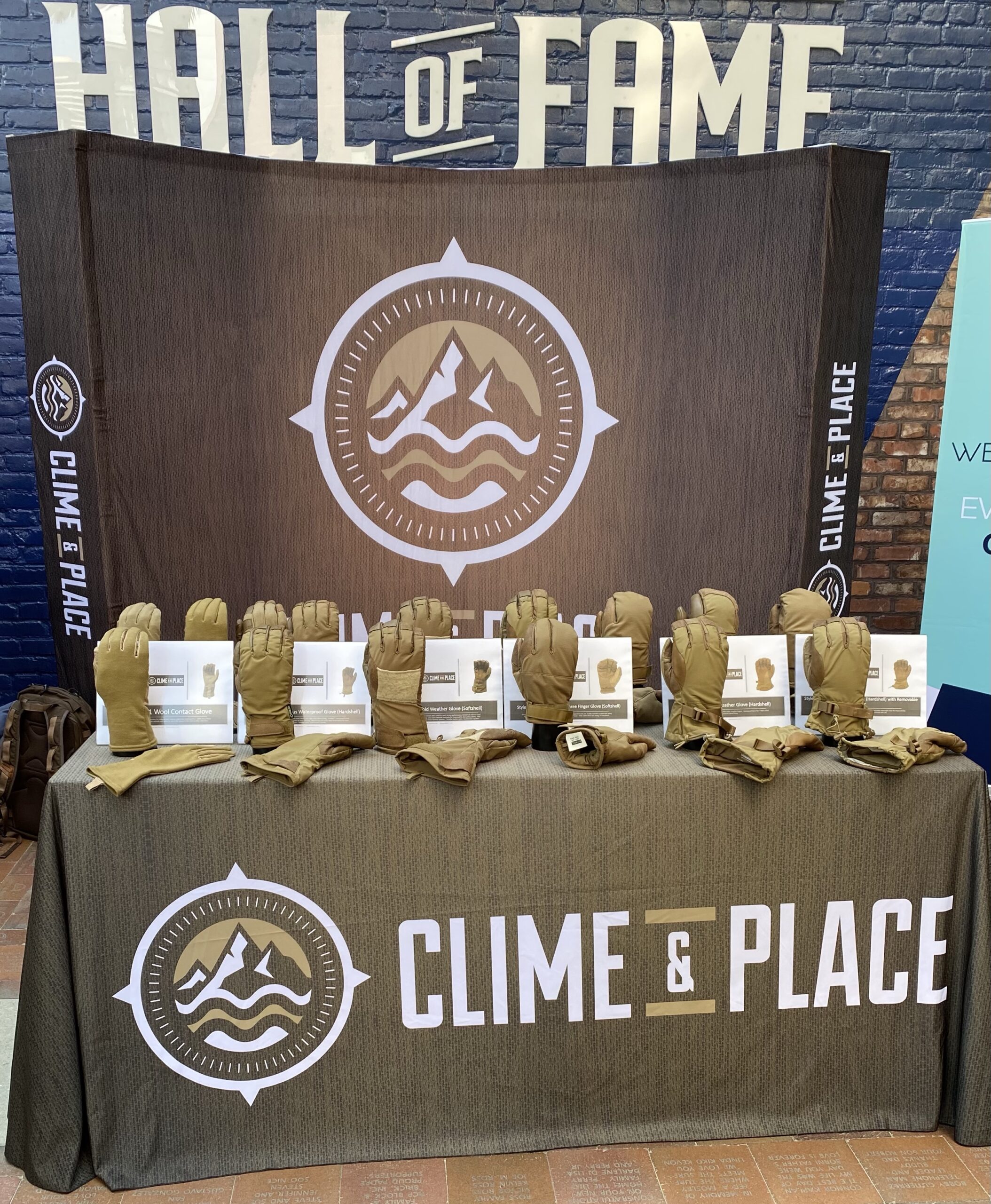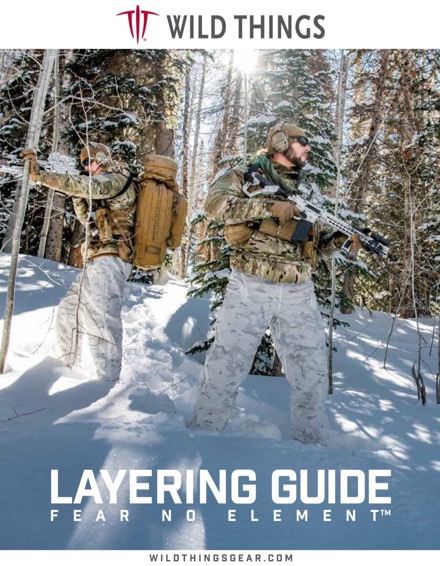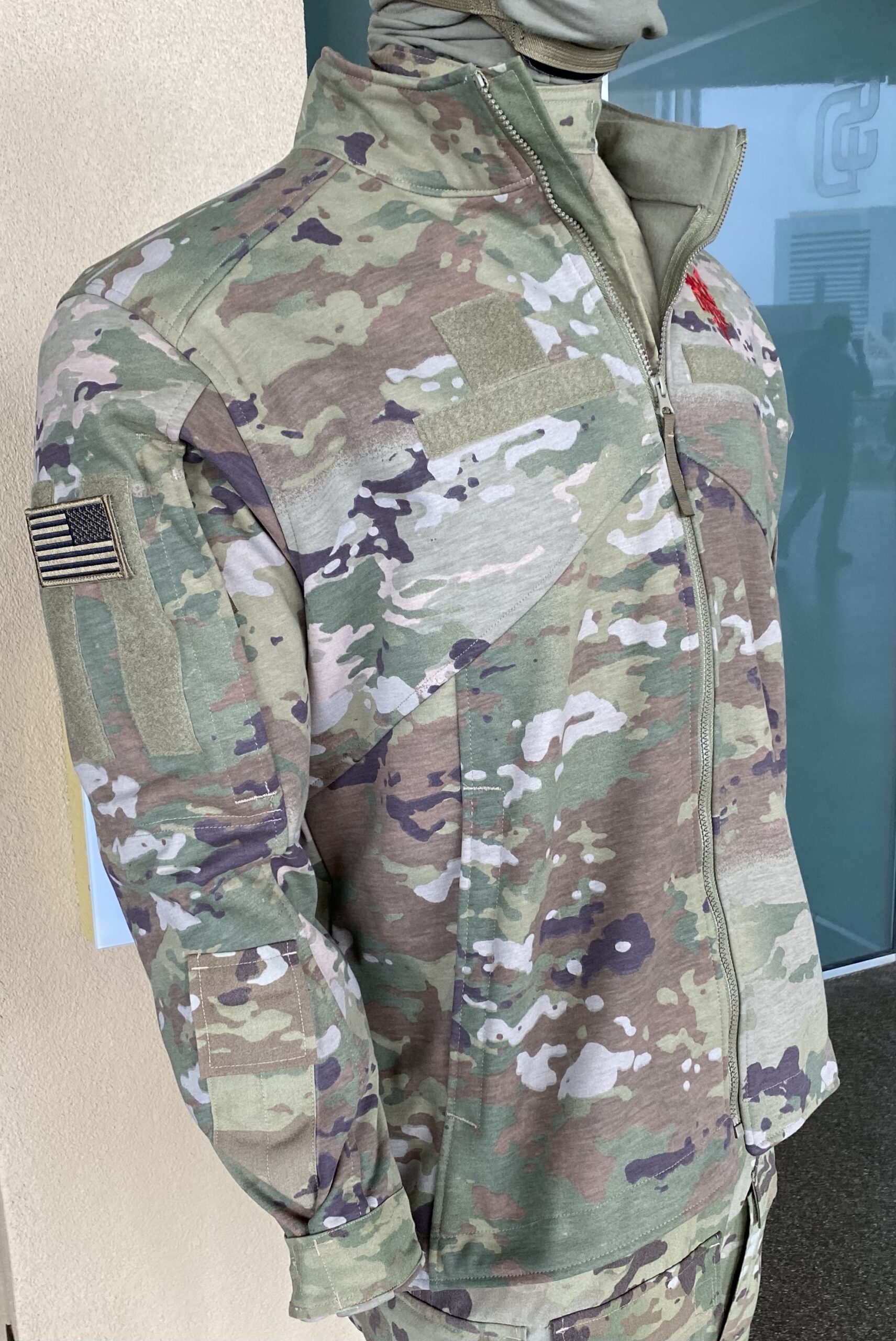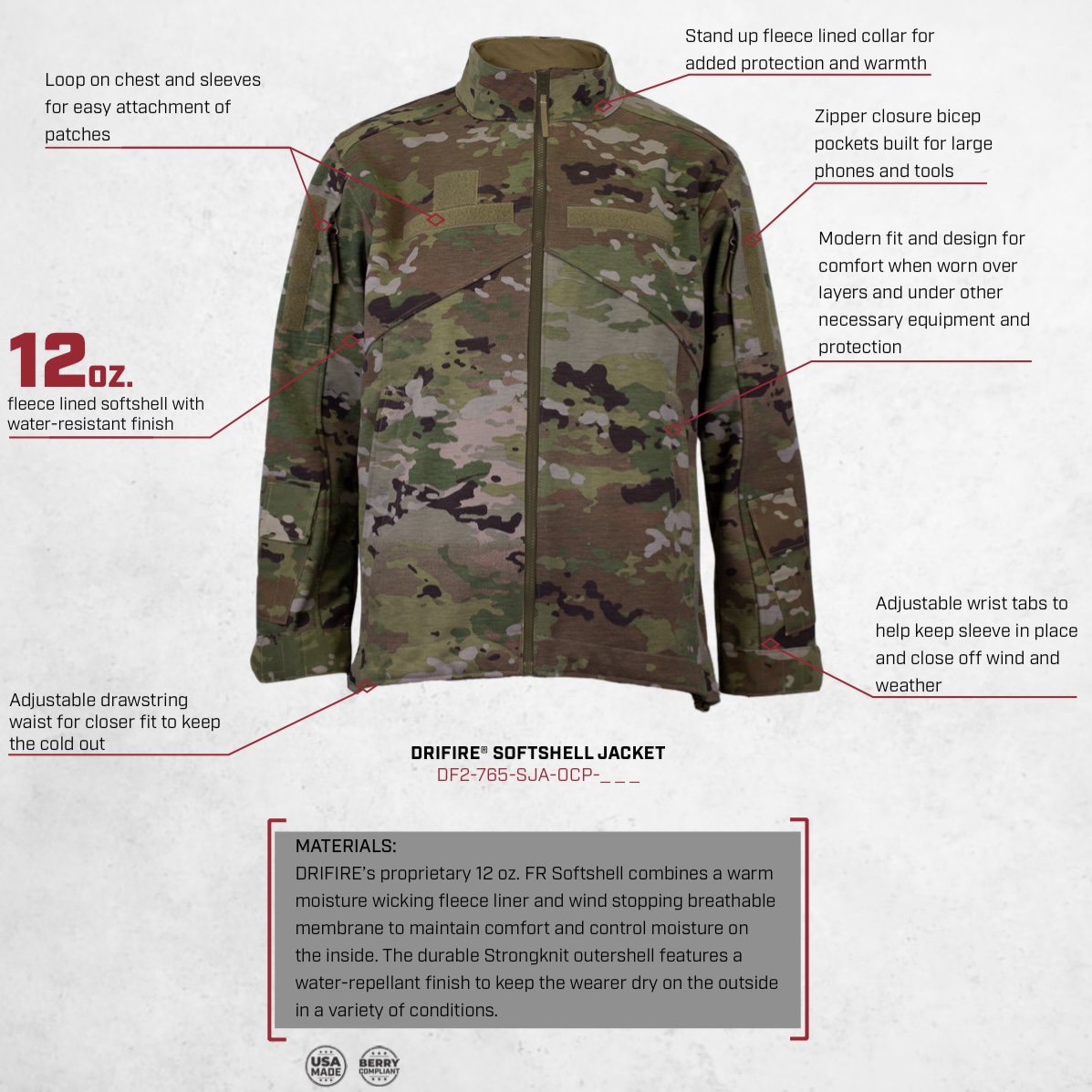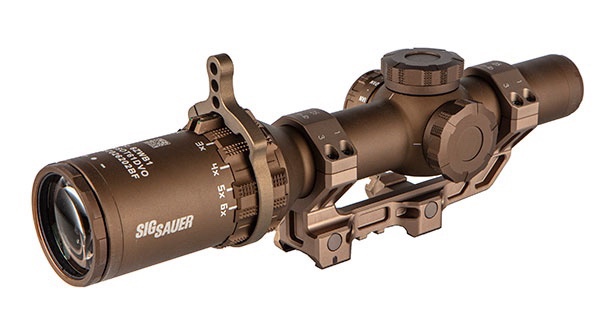
According to a source close to the program, the US Air Force has placed the first order on the US Army’s Direct View Optic program, obligating $49 million. This fulfills an Air Force requirement for a variable power optic that has been on the books since at least 2018, although at the time, the service stated that it desired a 1-8 optic rather than the 1-6 capability of DVO. DVO will replace the M68 Close Combat Optic and other systems within the service’s ground combat forces which number nearly 50,000 including the Special Warfare enterprise and around 40,000 Security Forces Airmen.
The Army’s requirement is reportedly still in draft status.
The DVO contract was awarded at the close of Fiscal Year 2020 to SIG Sauer Electro Optics for the 1-6×24 TANGO6T. There are currently three different versions of the TANGO6T adopted by the US military. The initial buy was for the Squad Designated Marksmanship Rifle, next was USSOCOM’s Squad-Variable Power Scope and finally, DVO.

The SDMR and S-VPS variants feature a standard tube length, but the DVO version is slightly shorter based on the Army’s OAL requirement. Some of this length is made up via a narrower diopter.

Each one of the optics features a different reticle. Here’s the breakdown:
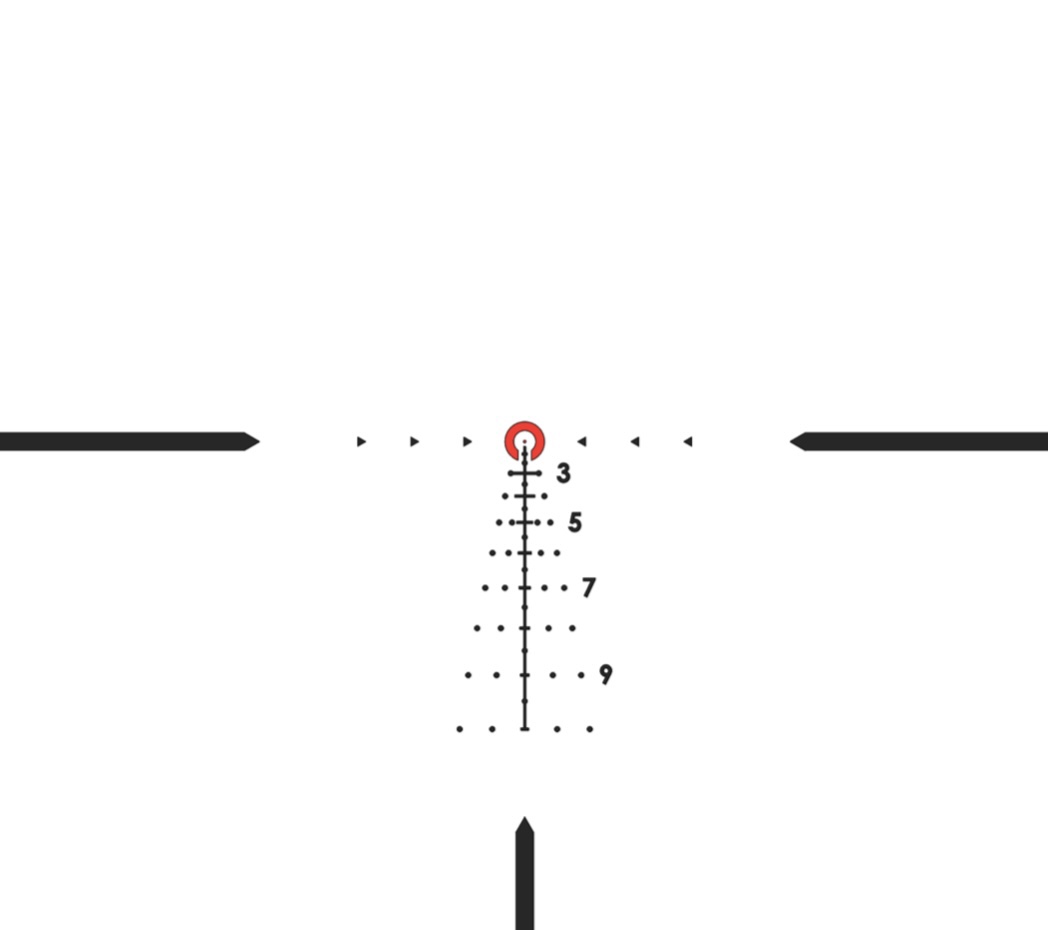
DWLR-6 First Focal Plane: Dual Wind, Long Range 6 is currently fielded on the SDMR. Calibrated for the M118LR fired from the SDMR, the DWLR6 provides users with range estimation capability, holdovers for various distances and 5mph and 10mph wind holds out to 1000m.
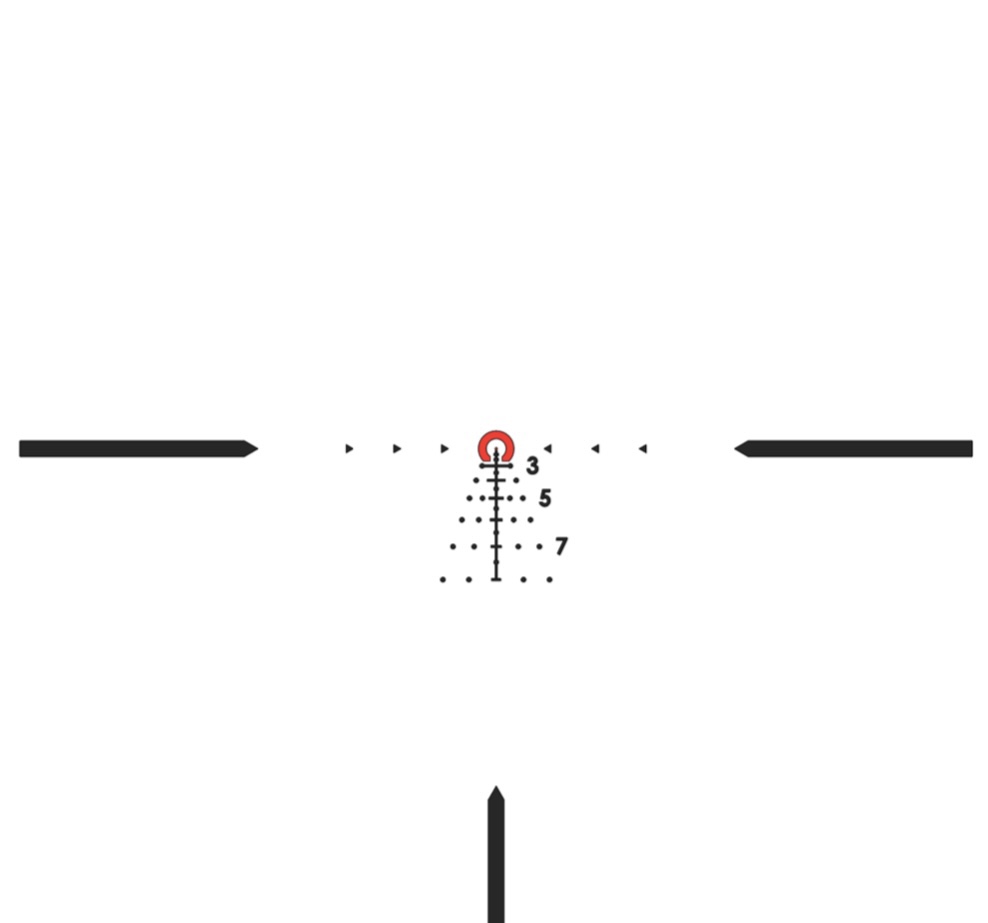
DWLR-556 First Focal Plane: Dual Wind, Long Range 556 will be the DVO reticle. Similar in design to the DWLR6, the DWLR-556 is calibrated for M855A1. The reticle provides users with range estimation capability, holdovers for various distances and 5mph and 10mph wind holds out to 800m.
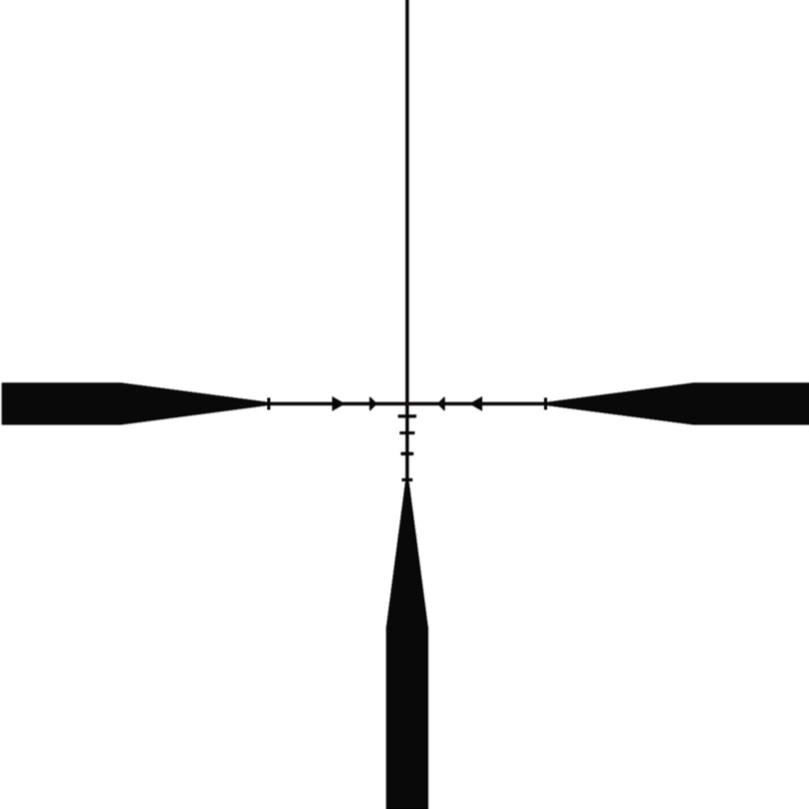
FL-6 Second focal plane: This is the SVP-S reticle. The FL-6 is calibrated for M855A1 fired from a customer specific rifle. The reticle provides similar range estimating capability as the others by using horizontal bars equivalent to 20” targets at various distances. When zeroed at 300m these holdovers represent 400, 500, 600 and 700m drops. The horizontal stadia provides directional indictors and holds for engaging moving targets of various speeds.
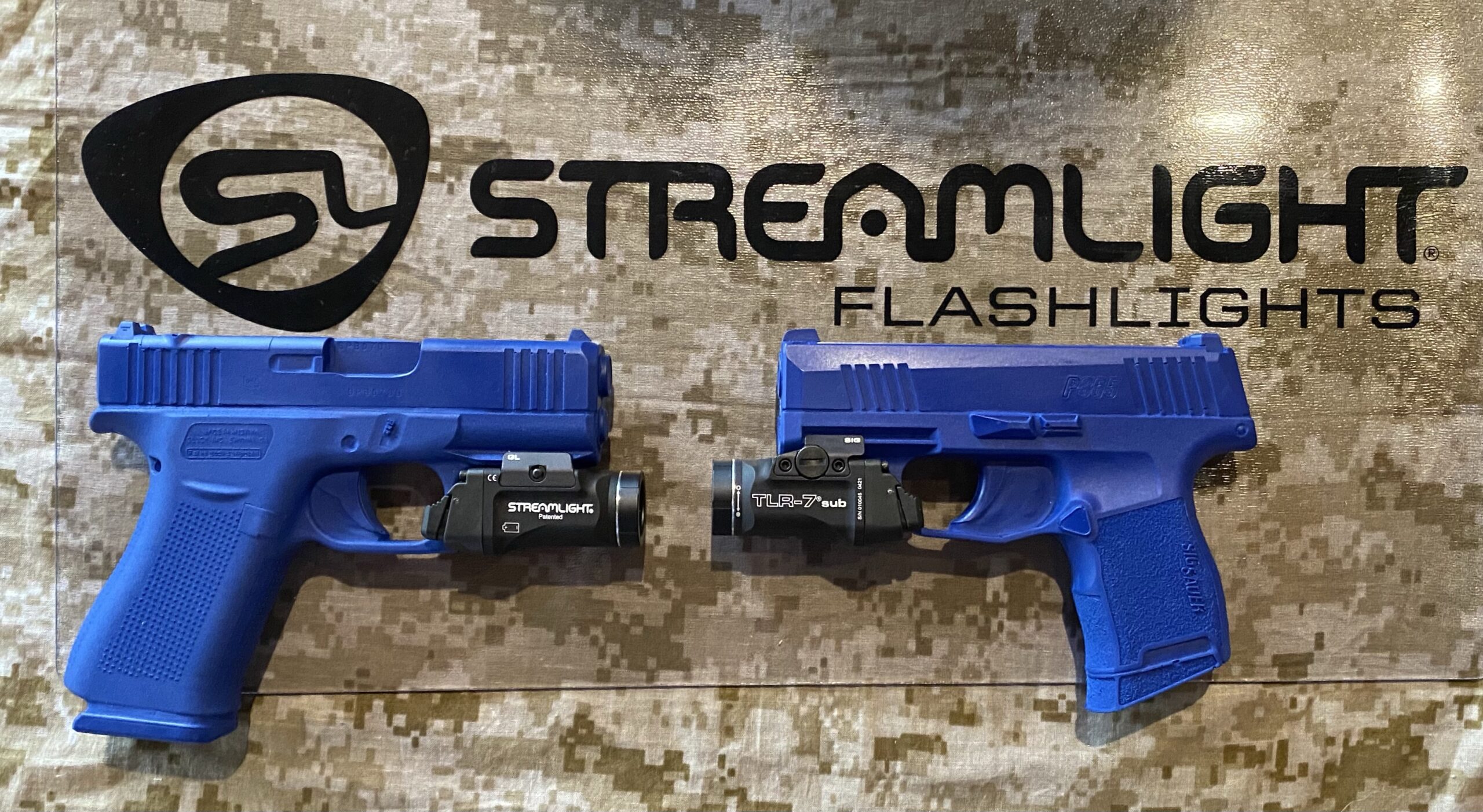
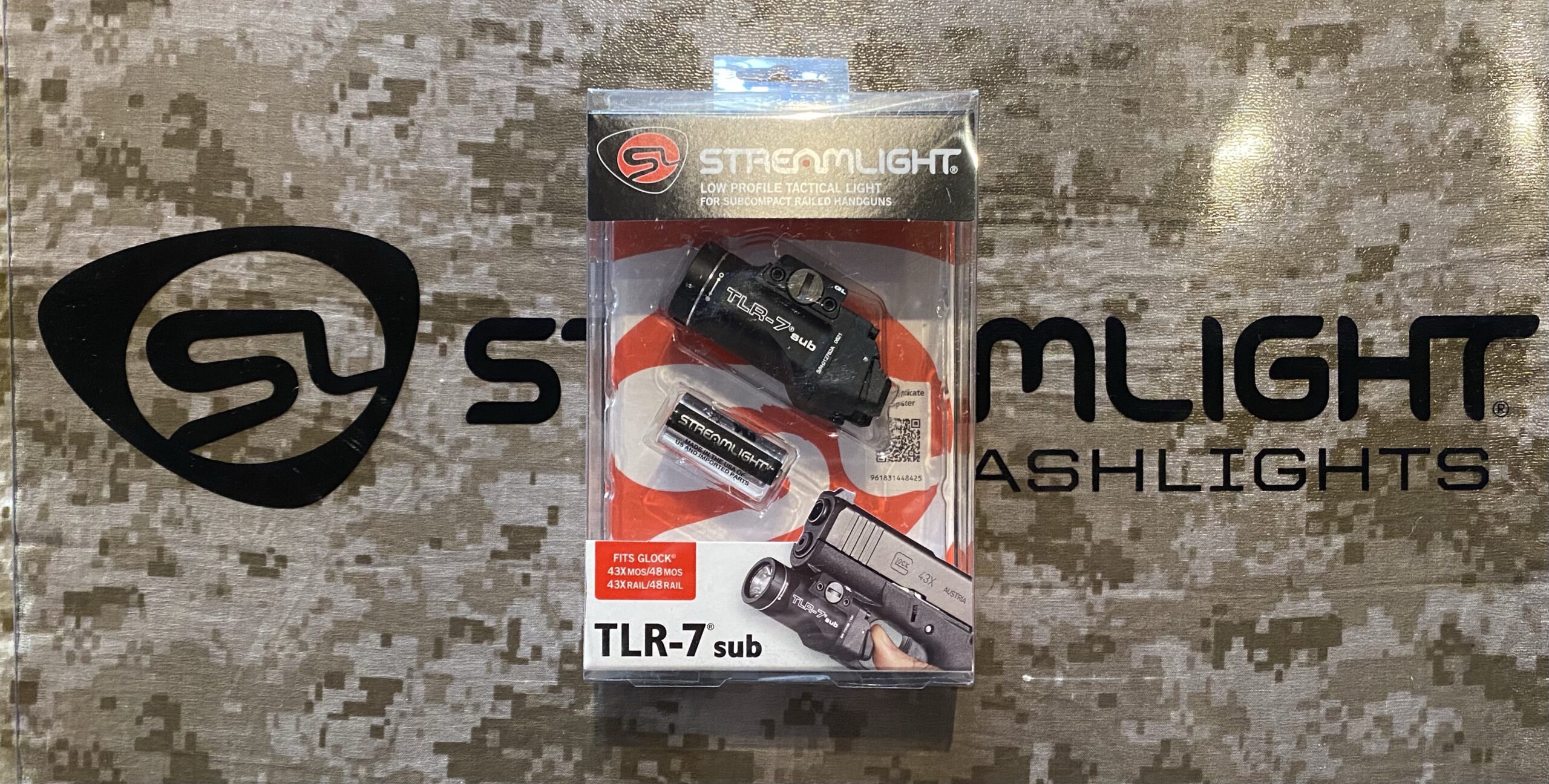
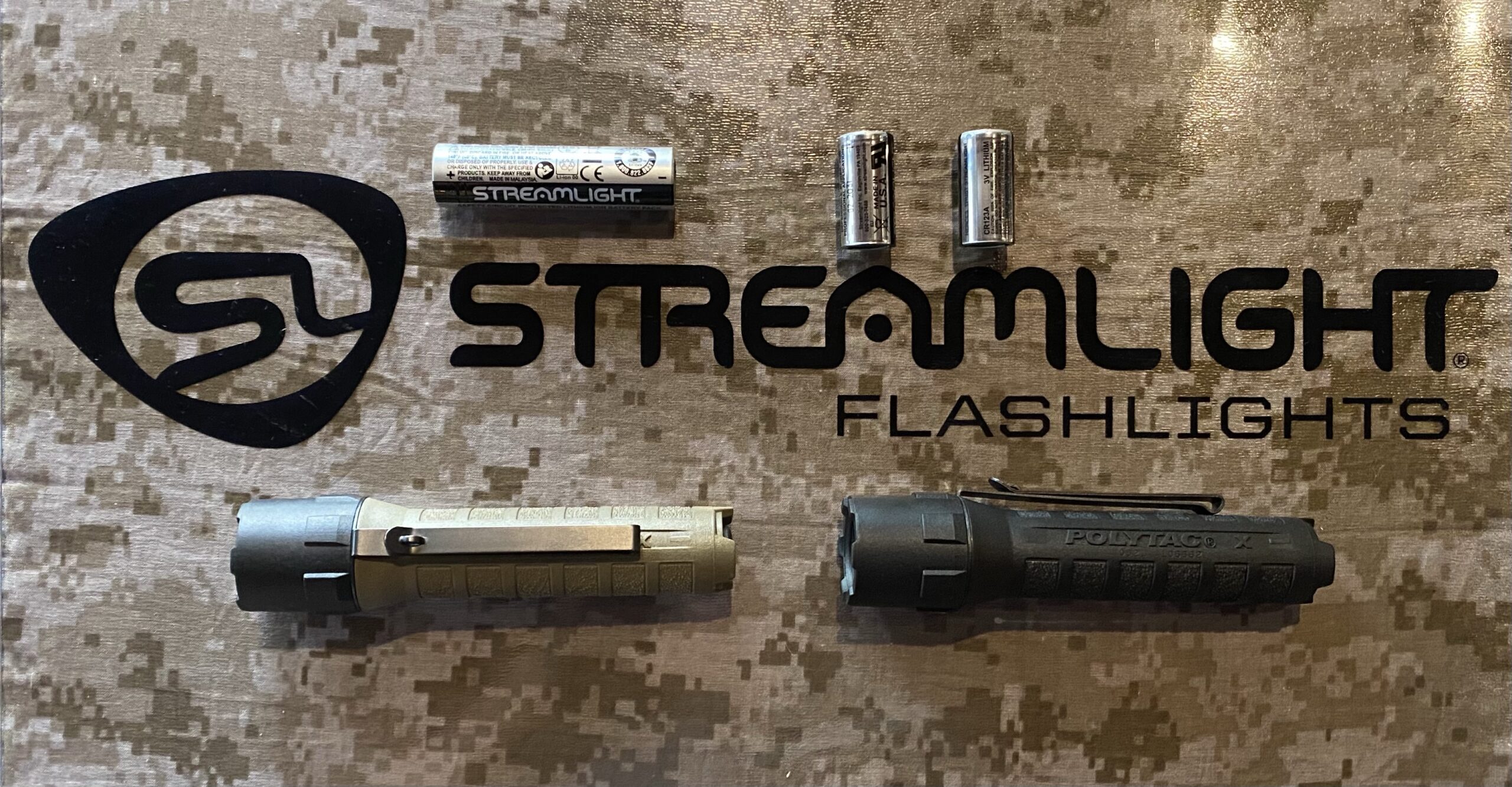








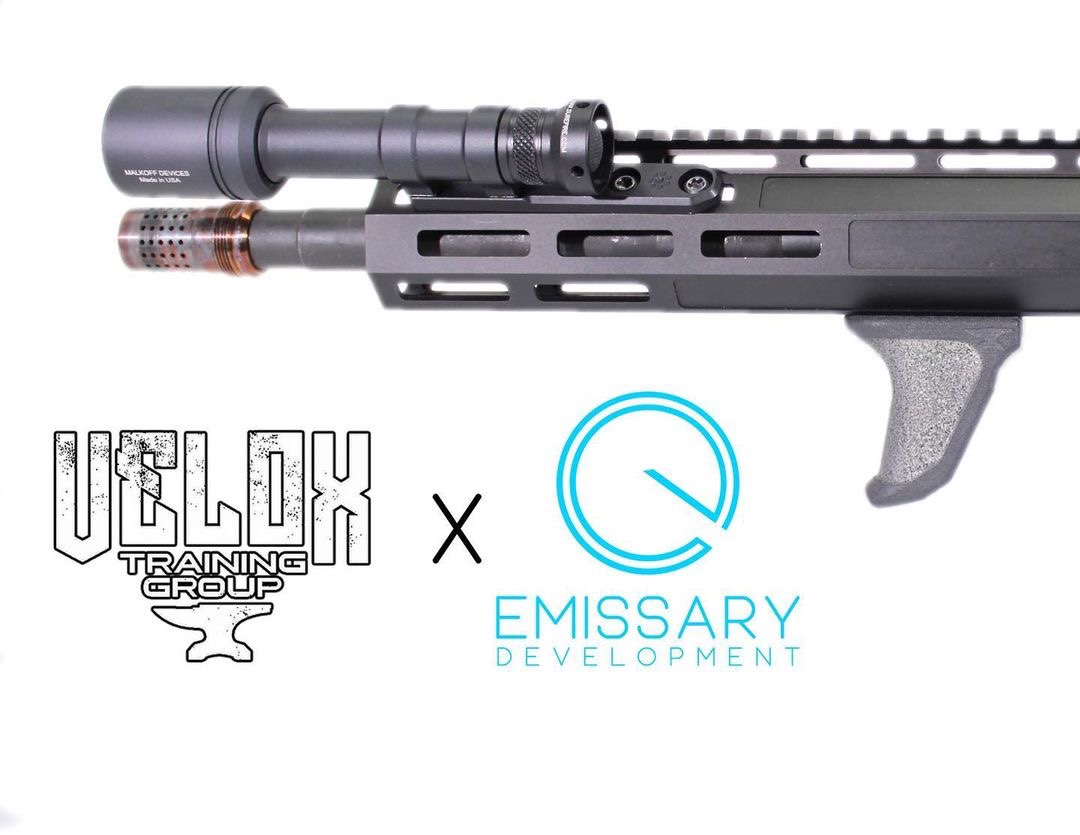
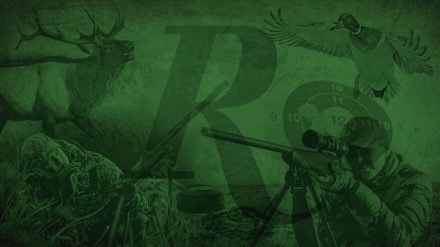 the company’s recent “Where’s the Ammo” video, Remington Ammunition President Jason Vanderbrink is back to give another update on Big Green’s increasing output.
the company’s recent “Where’s the Ammo” video, Remington Ammunition President Jason Vanderbrink is back to give another update on Big Green’s increasing output.